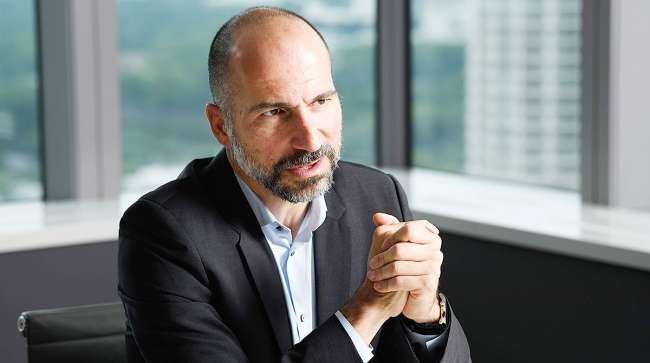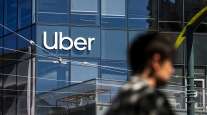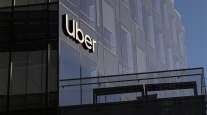Staff Reporter
Uber Posts $5.2 Billion Loss in Q2

[Stay on top of transportation news: Get TTNews in your inbox.]
Uber Technologies Inc. declared its worst quarterly earnings, reporting a $5.2 billion net loss for the quarter ending June 30.
That compares with a net loss of $878 million in the same quarter in 2018, the company reported in an Aug. 8 earnings release.
Earnings per share were minus $4.72, a 135% drop from the minus $2.01 from 2018.

Related
But Uber’s revenue jumped 31%, to $15.76 billion in the second quarter of 2019 from $12 billion in 2018.
The company’s Uber Freight division reportedly added customers in the second quarter, adding new shipping across the enterprise, middle market, and small- and medium-size business segments, the company said.
“The Uber Freight platform for shippers targets the underserved long tail of small shippers with an automated self-serve tool that helped drive 10 times year-over-year revenue on the platform,” the company said.
Most of the net loss was attributed to stock-based compensation associated with the initial public offering in May, a routine expense for newly public companies, Bloomberg News reported. The adjusted loss — a more commonly used metric for ride-hailing companies, which excludes interest, tax and other expenses — more than doubled to $656 million, but it wasn’t as large as the $979.1 million analysts expected, according to Bloomberg.
CEO Dara Khosrowshahi said he sees strong prospects for the recently made-public company to begin turning a profit.
“Our platform strategy continues to deliver strong results, with trips up 35% and gross bookings up 37% in constant currency, compared to the second quarter of last year,” Khosrowshahi said. “In July, the Uber platform reached over 100 million monthly active platform consumers for the first time, as we become a more and more integral part of everyday life in cities around the world.”

Uber Eats is growing its customer base. (Uber)
The company reported having $11.7 billion in cash and cash-type assets, and $31 billion in total assets.
Germany was one of Uber’s fastest growing ridesharing countries during the quarter, as the company now operates in five large cities there. Meanwhile, Buenos Aires, Argentina, has become the fifth-largest city in the world based on trips.
Uber Eats grew its consumer base more than 140% year-over-year. More than 40% of that unit’s consumers had never used Uber’s platform before, the company said. Uber said its Uber Eats restaurant selection continues to improve, reaching 320,000 restaurant partners at the end of the quarter. New delivery fees (service and small-basket fees) resulted in improved adjusted net revenue take rates quarter-over-quarter, the company said.




